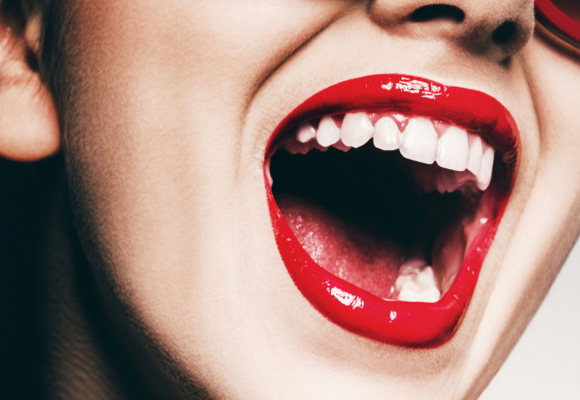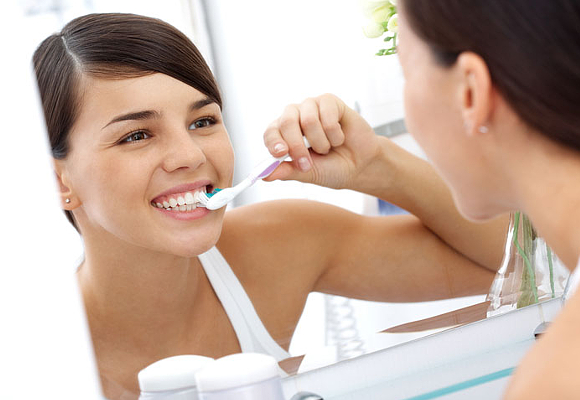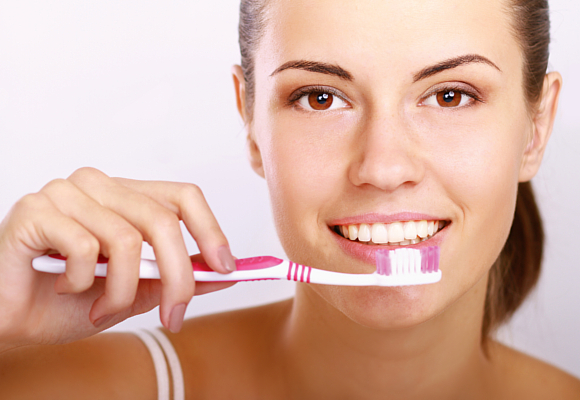The keys to a perfect toothbrushing
Nutrition, genes and lifestyle, everything is important when trying to prevent oral illness.

The 60% of the population in Spain, brush their teeth just one time a day, this is a conclusion obtained after the last research made by the Spanish Periodontics and Osseointegration Society (SEPA). In fact, this amount decreases reaching the 17% if we talk about the use of dental floss. The lack of prevention and knowledge about the right hygiene technics and not visiting the dentist more often, are the main causes that lead to problems, at first not important but, at the end, can turn into severe issues for both, teeth and gums.
One of the main factors to have a healthy and beautiful smile during a lifetime is to pay enough attention to the oral hygiene. In most of the cases the problem is a wrong toothbrushing. A minimum of three times a day is what doctors recommend but, in some cases, the increase of this frequency is necessary. The ideal duration is two minutes, at least in one of the three toothbrushing recommended a day. However, people usually spend just 45 seconds. The general problem isn’t about frequency but about quality and the time of the day when they happen.

Most of the people ignore how to do it in a meticulous and correct way. The “sweeping brush” is the most extended technique, doing just movements from the inside to the outside. But, it doesn´t help to completely remove the leftover food in between the teeth, or to reach the inaccessible areas such as the gum’s line, the crowns or the posterior teeth.
There are multiple brushing techniques, but the most common accepted, is the “Bass Technique”. It consists in locating the toothbrush in a 45 degrees angle position, just in the joint of the tooth and the gum. It seems to be difficult but it isn’t that much. Reaching the gingival groove with the toothbrush bristles is fundamental to clean the area where more bacterial plaque appears (a whitish film attached to the teeth and the surrounded tissues), the gap between the tooth and the gum. Short movements, an antero-posterior soft vibration plus cleaning the upper and lower teeth’s external surface followed by the internal surface are the steps of this technique.

Sometimes changes based on the risky factors and the pathology of each patient may vary this technique. However, any well done technique will achieve the desired goal, to avoid the bacterial plaque. Moreover, it is also important to clean the tongue, always forgotten in the toothbrushing process. The movement has to be always from the back to the front to avoid the gag reflex.
Considering these facts, if there are two toothbrushing a day, the second one has to be after having breakfast, so that, there aren´t many hours without brushing. If the first one is important, the last one of the day (before bed) is even more. During the sleeping hours, lips and tongue don´t make any movement and for this reason the oral auto-cleaning can´t occur.
This daily routine can be combined but never substituted with an anti-caries mouthwash. A healthy diet and a good hydration are also crucial. Now that you know how, when, and how often you have to do it, is time for this question: Do you actually know how to brush your teeth?
